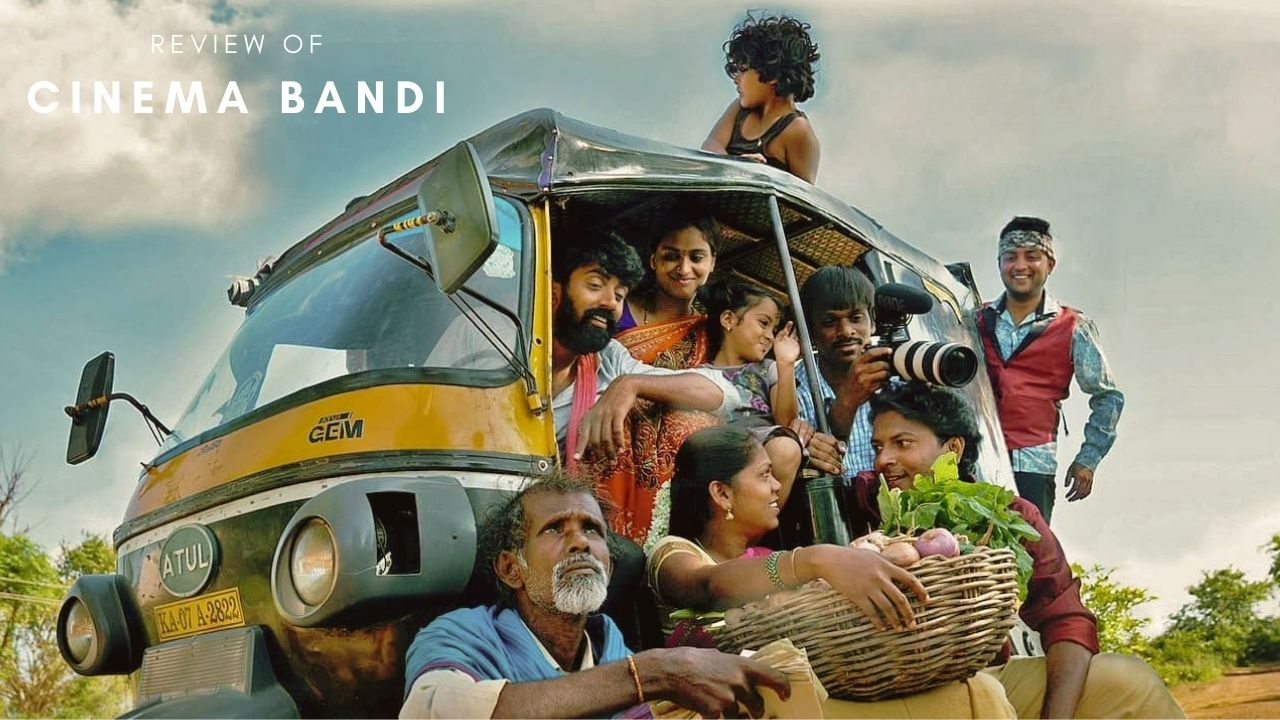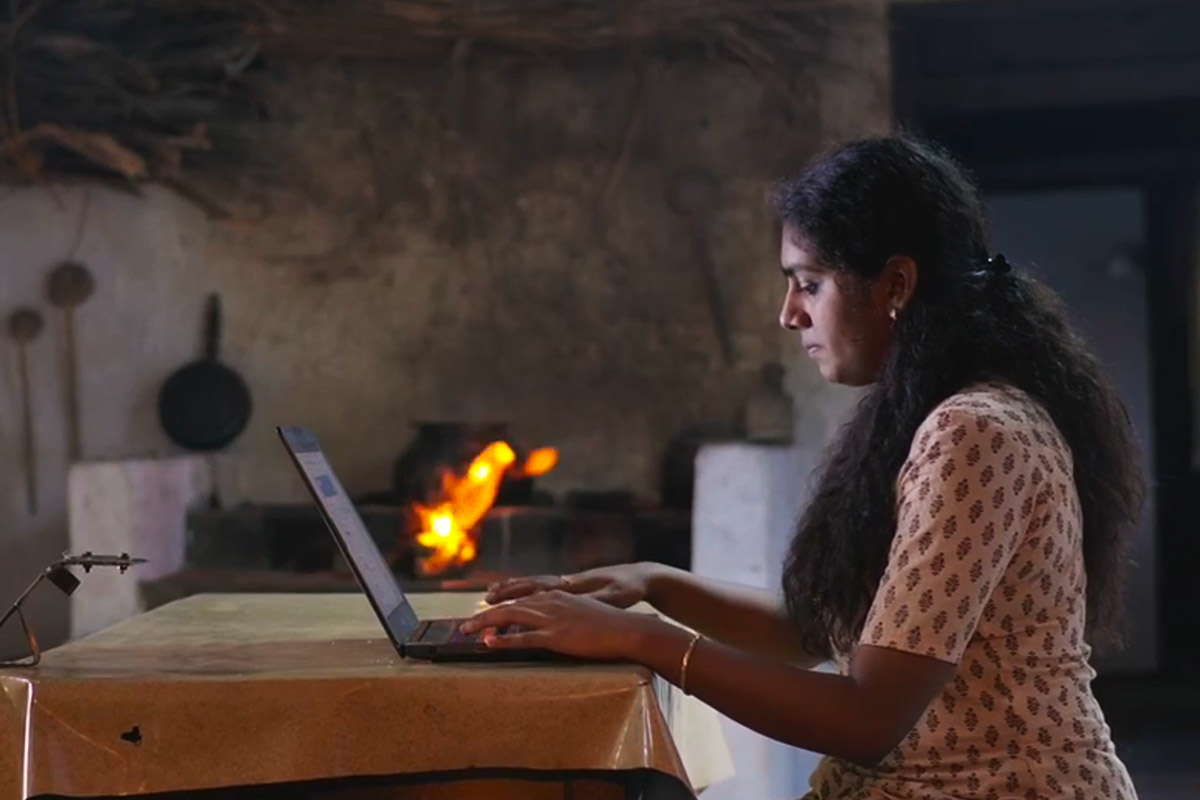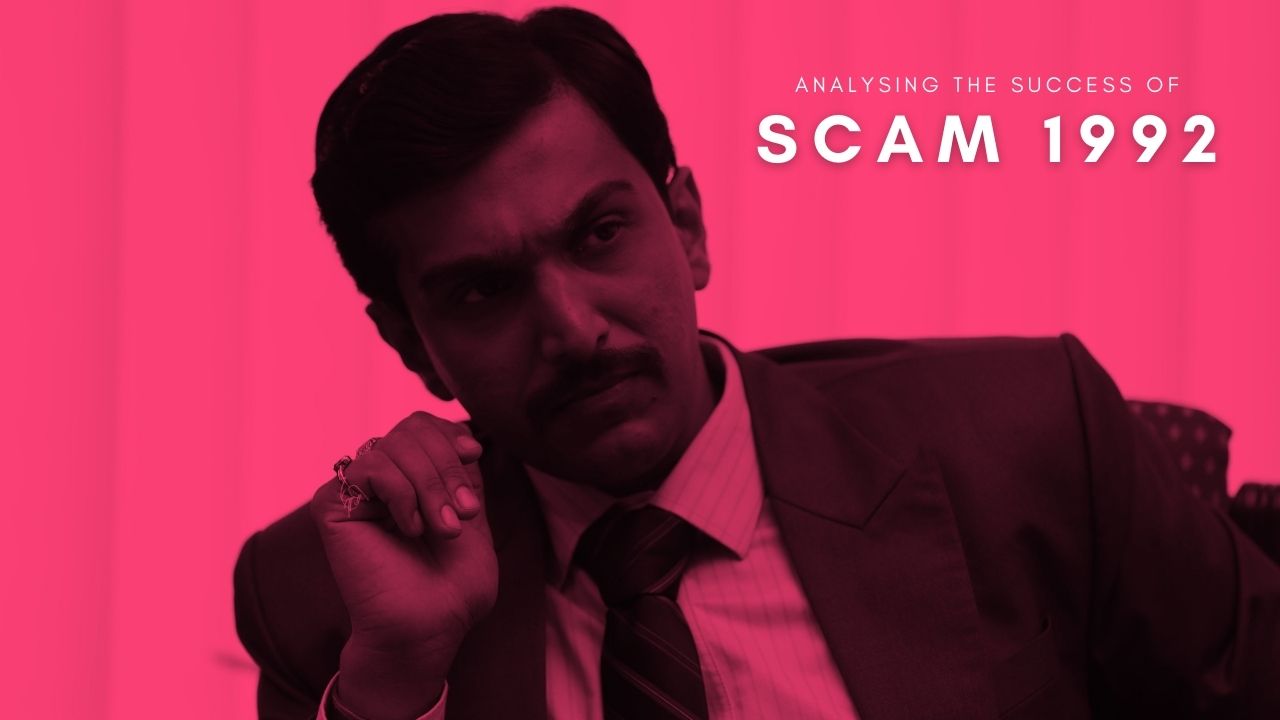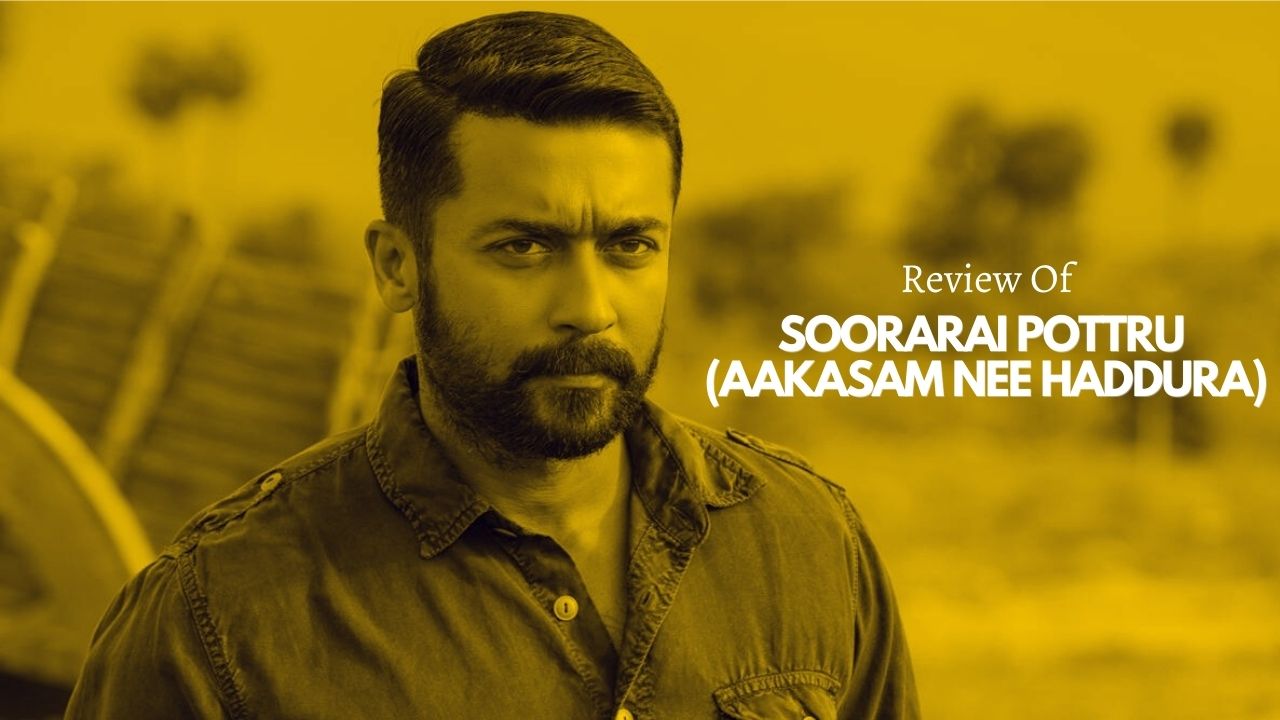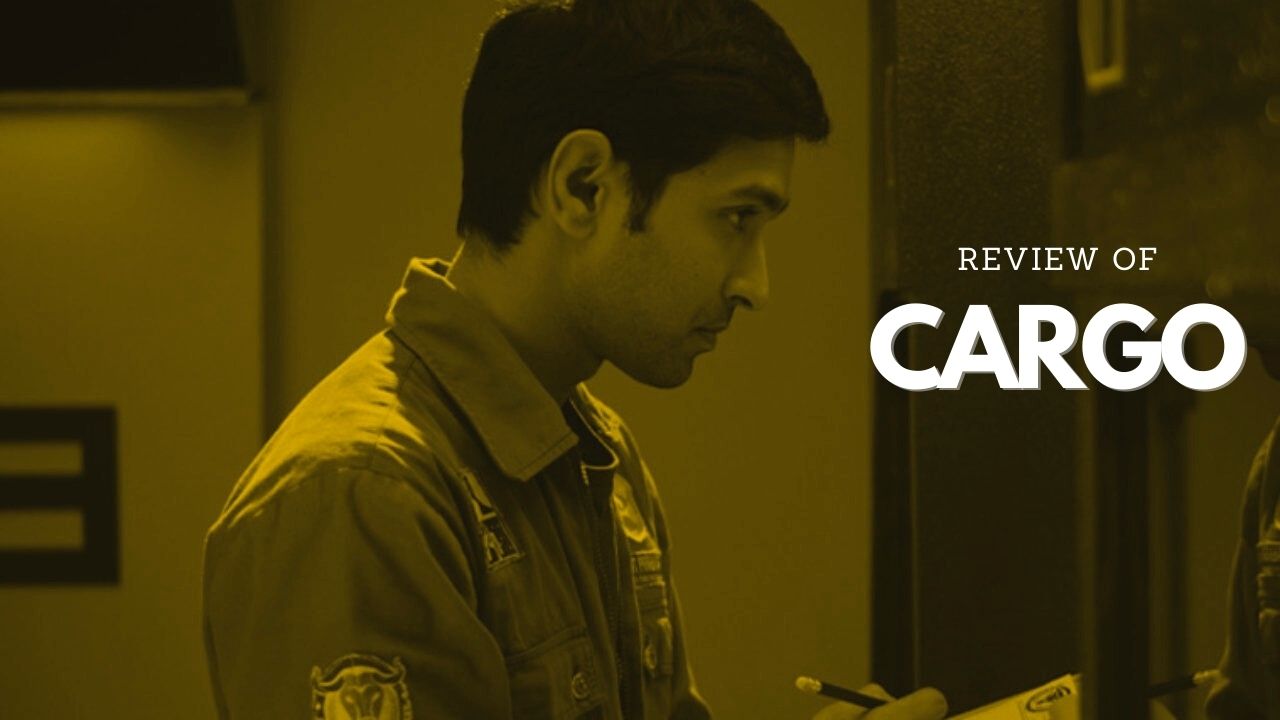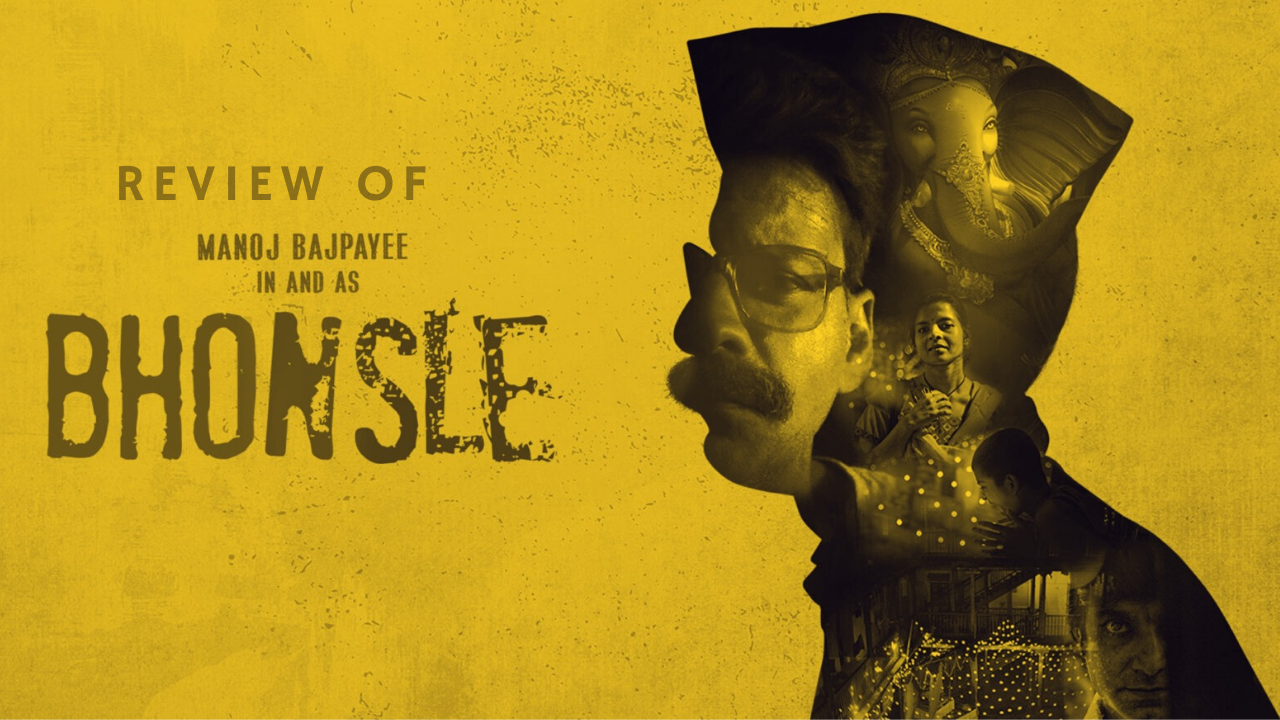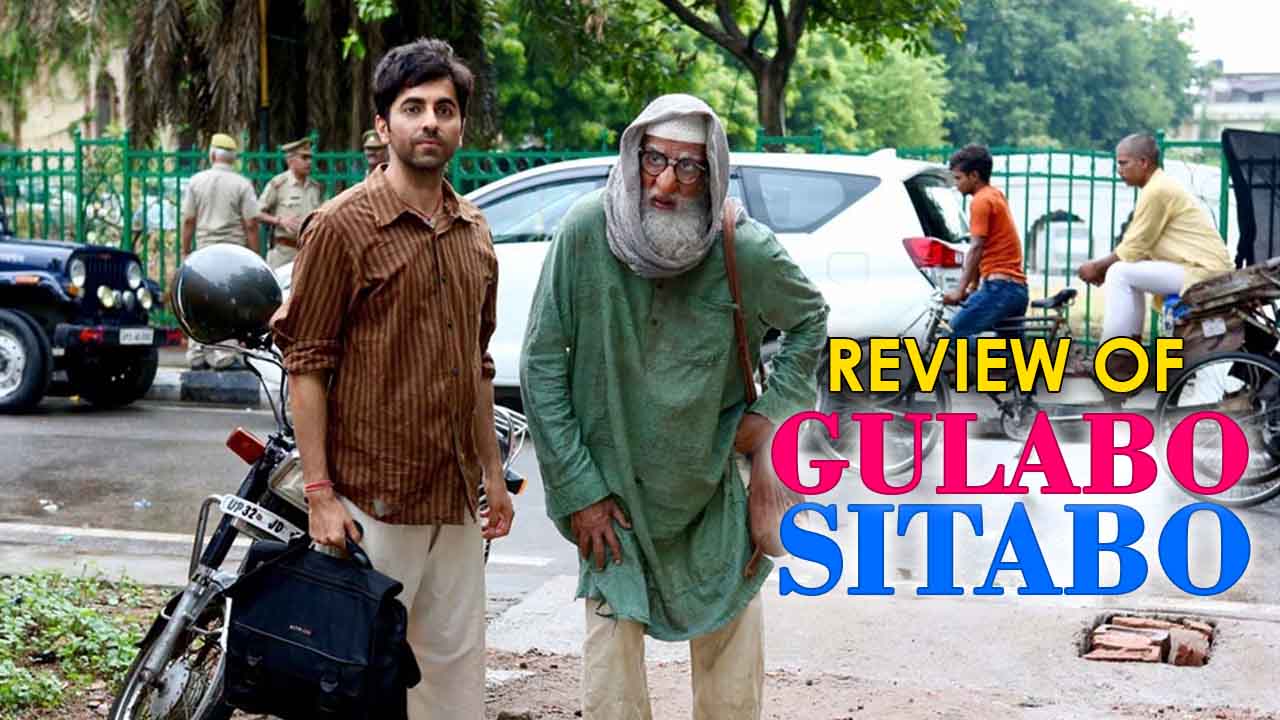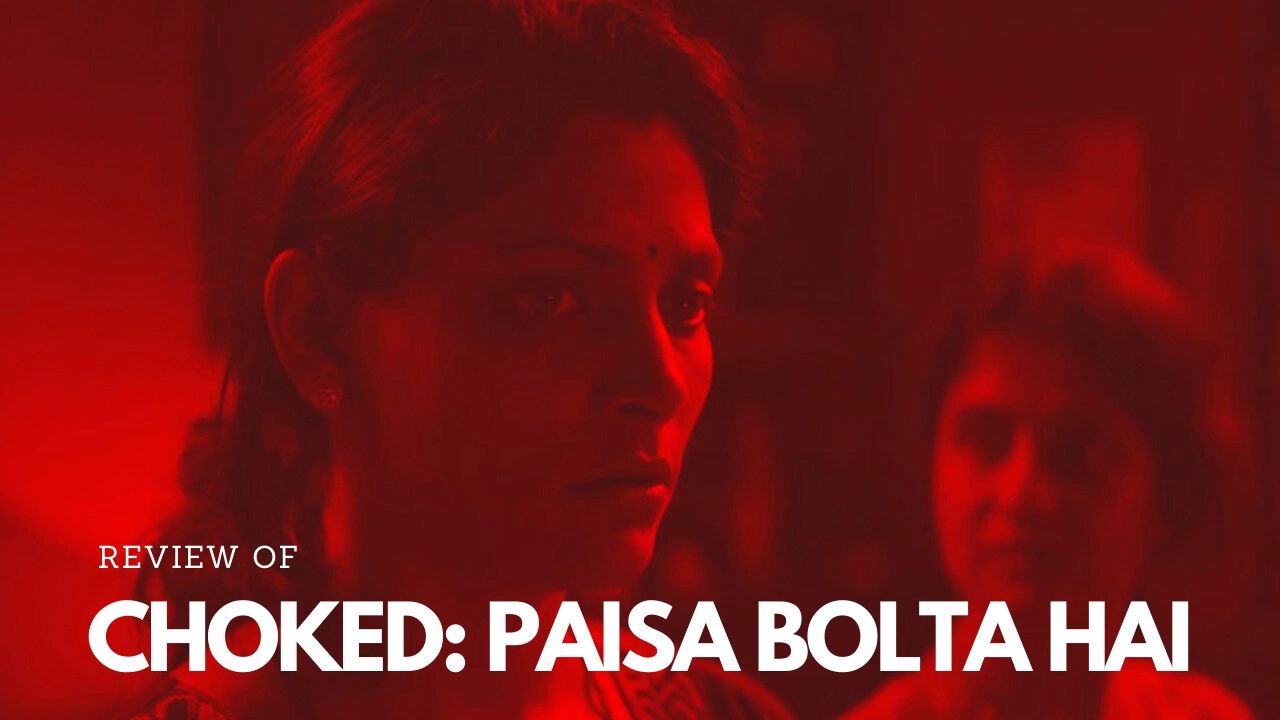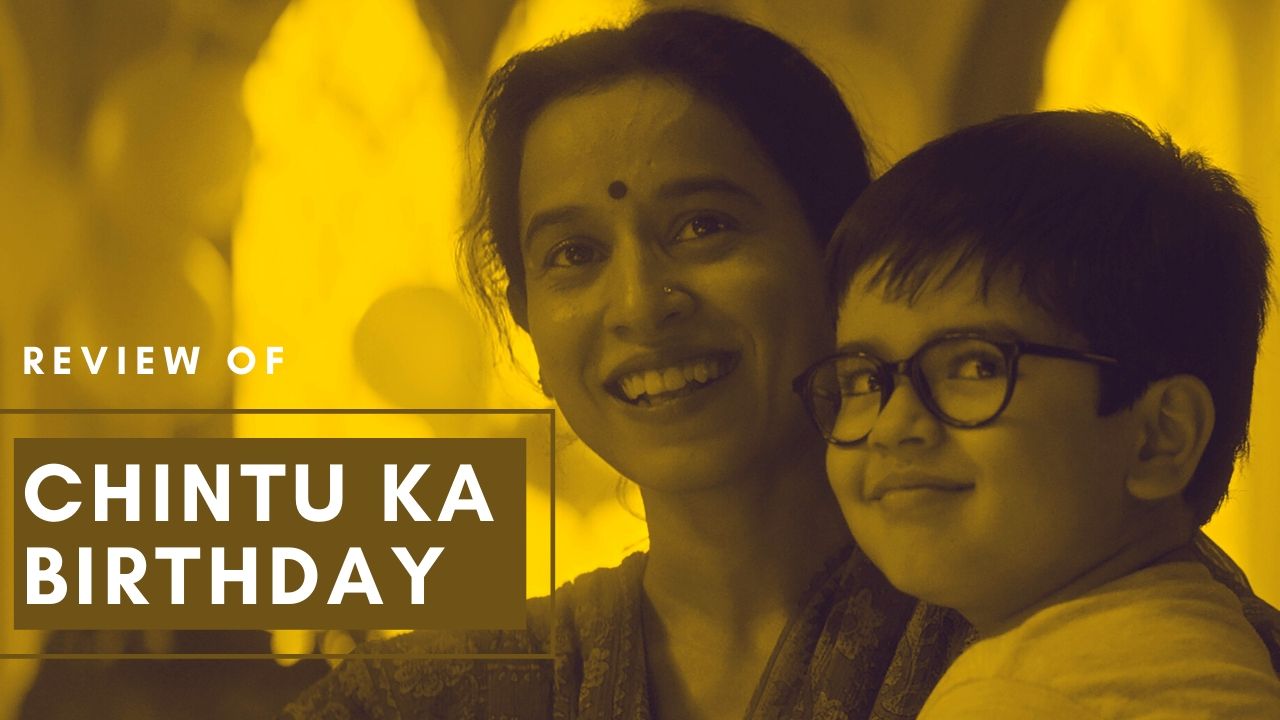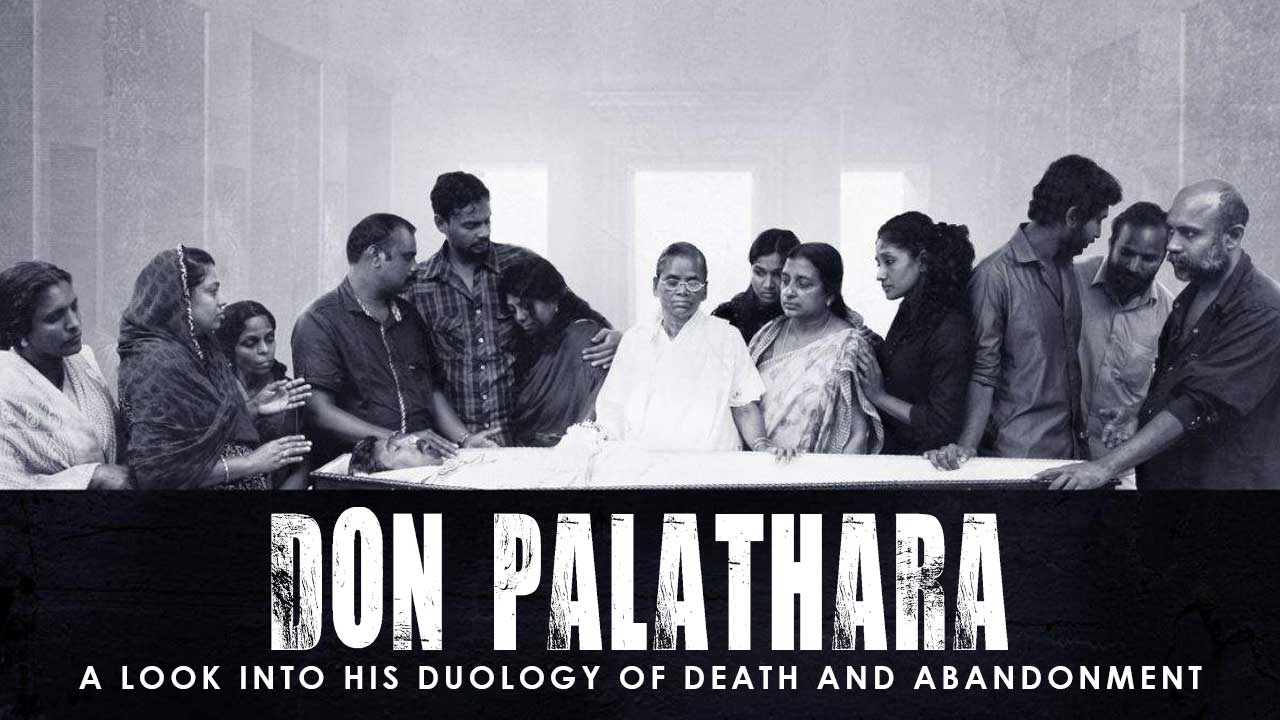
The Tale Of Air India’s Failure
Air India is currently baulking under a debt burden of more than Rs 52,000 crore and by the time you finish reading this article, the number would be higher. It almost reads like a gripping movie script, how an airline, that was taken over by the government to be its national carrier, has, over the years, turned into its biggest headache. There are plot twists, extravagant and outlandish incidents and gripping sensation of how a PSU, which was sick for a very long time, was borne by the government out of its ego and a clear sense of purpose.

Let’s start from the very beginning. At first there was no Air India, instead, there was Tata Airlines, which was founded by the then Tata Group chairman, JRD Tata, way back in 1932. After a successful run in 1946, Tata Airlines was re-branded as Air India Ltd and was now a joint stock firm. Then the wave of nationalisation came in and it was taken in by the Indian government to serve as the national carrier. JRD Tata stayed back as its chairman at Jawaharlal Nehru’s request and after 25 years he was sacked by the then prime minister Morarji Desai in 1977.
However, Air India was on solid ground back then. It enjoyed the patronage of Indian politicians and the elite business class. It expanded to Europe, Africa and was almost synonymous with Indian air travel. Then, things started dampening slowly. Previously, Air India used to have an absolute monopoly in the Indian skies, thanks to the Air Corporations Act, 1953, which curbed private operations. But in 1994 this monopoly ended. The Act of repealed and private carriers came into the Indian scene. Competition should make a business buckle up and make its services better, but Air India simply didn’t care about it.
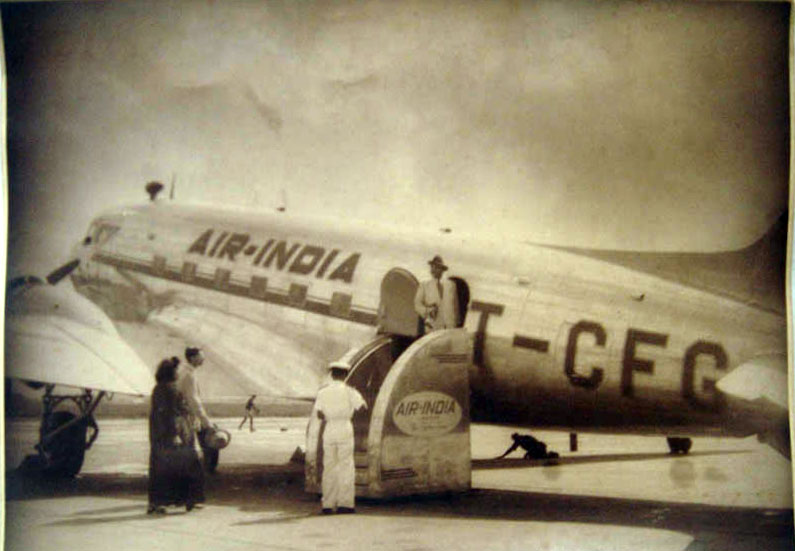
The Downfall Of Air India
In a few years, the losses were starting to show and there were plans to privatise it. Attempts were made by the Atal Bihari Vajpayee government in 2001. The Naresh Chandra Committee, which looked into the matter, strongly suggested that the sick PSU should be sold and an autonomous civil aviation regulator should be placed instead. However, that didn’t pan out and the government changed hands. Manmohan Singh took on the mantle of the Prime Minister of India after the UPA government came to power. The report and the issue of privatisation were wiped off the table.
From 2004 to 2014, there wasn’t be any major talk of privatisation and every attempt to resuscitate Air India was made instead of getting rid of it. The idea of letting go of a loss-making public sector unit was not something that gained major traction. The then aviation minister Praful Patel went gung-ho and said that the cure to Air India’s ailment was modernisation. So the government ended up buying 111 aircraft for a massive Rs. 70,000 crore and the Maharaja signed on the dotted lines with Boeing, okaying a deal to buy Rs. 33,197 crore worth 50 aircraft.

The government’s plan was to acquire these aircraft, while raking up a debt, and, then over the years, pay off the debt with the revenues that it would garner from the profits, due to these purchases. The Comptroller and Auditor-General report said it was a “recipe for disaster” and the 121-page report tried to knock some common sense into the people calling the shots by saying, “If the airline has to survive, the management and the employees will have to set personal interests aside and undertake some harsh decisions, till the health of the airline improves.” Still, the government went ahead and did what it had decided.
The Disaster Continues..
The series of bad decisions didn’t stop there. In 2007, the UPA government decided to up the ante a notch and decided that they should bundle Air India and Indian Airlines together so that, they would become one big firm that would work in unison with each other. The operative word used at that point of time was “synergy.” It was a poor call, and it pushed the national airlines into a deeper abyss than it already was.
The total accrued losses of Air India and Indian Airlines jumped from Rs 63 crore, noticed in 2002-03, to a whopping Rs 7,000 crore in 2010-11. Later Ashwani Lohani, who served as the Air India CMD, called it as one of the chief reasons for the Maharaja’s downfall.
One would expect by now that someone must have seen some sense into the mess, called the entire thing off and gone ahead for privatisation or at least, have tried to a certain degree. However, during the second tenure, the UPA government decided that the way to revive the sick PSU was to give it an Rs. 48,212 crore breather. The government decided that the amount would be given to the airline over 20 years and would finally end in 2031-32. Even after this lifeline, Air India raked up this massive Rs. 52,000 crore in losses. How? Here is how!
Several anomalies, other than the obvious elephant in the room, have also come to light in the recent years. CBI filed FIR against several key bureaucrats, including erstwhile aviation minister Praful Patel, for undertaking various purchases that didn’t have any transparency in them and had cost the Maharaja severe losses. Also, Air India’s aircrafts had been leased way below the then market norms, the CAG report said. According to the report, in the time period between March 2011 and May 2014, the losses due to it was Rs 405.8 crore. It even noted that Boeing 777-200 aircrafts were sold under their cost price to Etihad, chalking up a loss of Rs. 671 crore to the public exchequer.
Lack Of Structue And Management In The Organisation
Air India is in severe disarray and there are several incidents that show a severe lack of management and organizational structure and proper governance. Some of the incidents, which have occurred in the recent past, ranging from ridiculous to downright bizarre.
Mishandling The Assets
It is well known that Air India, in its glory days, had spent extravagantly and acted as a patron to several artists. KA Ara, Arpana Caur, Anjolie Ela Menon, MF Husain, V S Gaitonde and B Prabha are some of the artists, who have done commissioned artwork for the Maharaja and it was said all of these would be displayed in a museum, which would garner some revenue. Recently, famous painter Jatin Das was approached to verify the authenticity of an artwork titled ‘Flying Apsara,’ which he had made for the airline way back in 1991 and later, Das found out that the painting had made its way to the open market. On further prodding, it was revealed that out of 7,000 pieces of paintings and artefacts that the airlines had, a recent audit has been able to account for only 3,500 of them till then. Later it was revealed that a former executive had taken the painting as a “gift” post her retirement. Apparently, it was a perk that former executives enjoyed. Now the airline is scurrying to get all its paintings back.
Misuse Of Property
Another bizarre move cropped up when Air India said it would be selling some of its properties to buoy itself through it’s trying times. These properties were meant to house its top brass and the listings were insane. One was in the Cozihom Housing Society in Pali Hill, the very same where one of the highest grossing movie stars in Bollywood Deepika Padukone owns an apartment in, and it has a price tag of Rs 10.56 crore. A Rs 10.56 crore flat to house an official of an airline that has gone bankrupt several years ago – if that’s not ironic, then one doesn’t know what is.
Disregard For Rules
The newspapers regularly carry incidents where Air India flights and attendants have fallen below subpar over the years. However, one incident stands out. Directorate General of Civil Aviation (DGCA) has recently planned on grounding a considerable number of Air India pilots and personnel because they were skipping breath analyzer tests for a continued period of time, therefore, there was no way to know if they were charting the plane under the influence of alcohol. Earlier, the DGCA had cancelled Air India’s former Executive Director (Operations) Arvind Kathpalia’s license for the very same reason. Guess what’s Kathpalia doing these days? Well, he now acts as the head of operations and is an Air India board member.
Moreover, Air India chief Rajiv Bansal has said that the DGCA takes a “lenient view” on more than 400 pilots, who have skipped the test over the years. Knowing that your pilot maybe drunk doesn’t give people much confidence to board an Air India flight, but then again, you might just be worried for no reason, you can’t be sure that they were drunk because they didn’t take the recommended tests.
Shah Rukh Khan. in his illustrious career, had said several memorable dialogues, however, while writing this article one dialogue creeps back into my mind. It’s from the movie Pardes, where Shah Rukh Khan had booked three tickets for him and his friends to India. When one of his friends asks him why he booked an Air India ticket, he glibly remarks, “They say, to feel the Air of India, fly Air India.” So how does the air of India smells like if looked via Air India’s eyes? An alcoholic, pauper Maharaja, who has brought a flourishing kingdom to ruins with splurges and bad decisions. Yes, that sounds about right!
